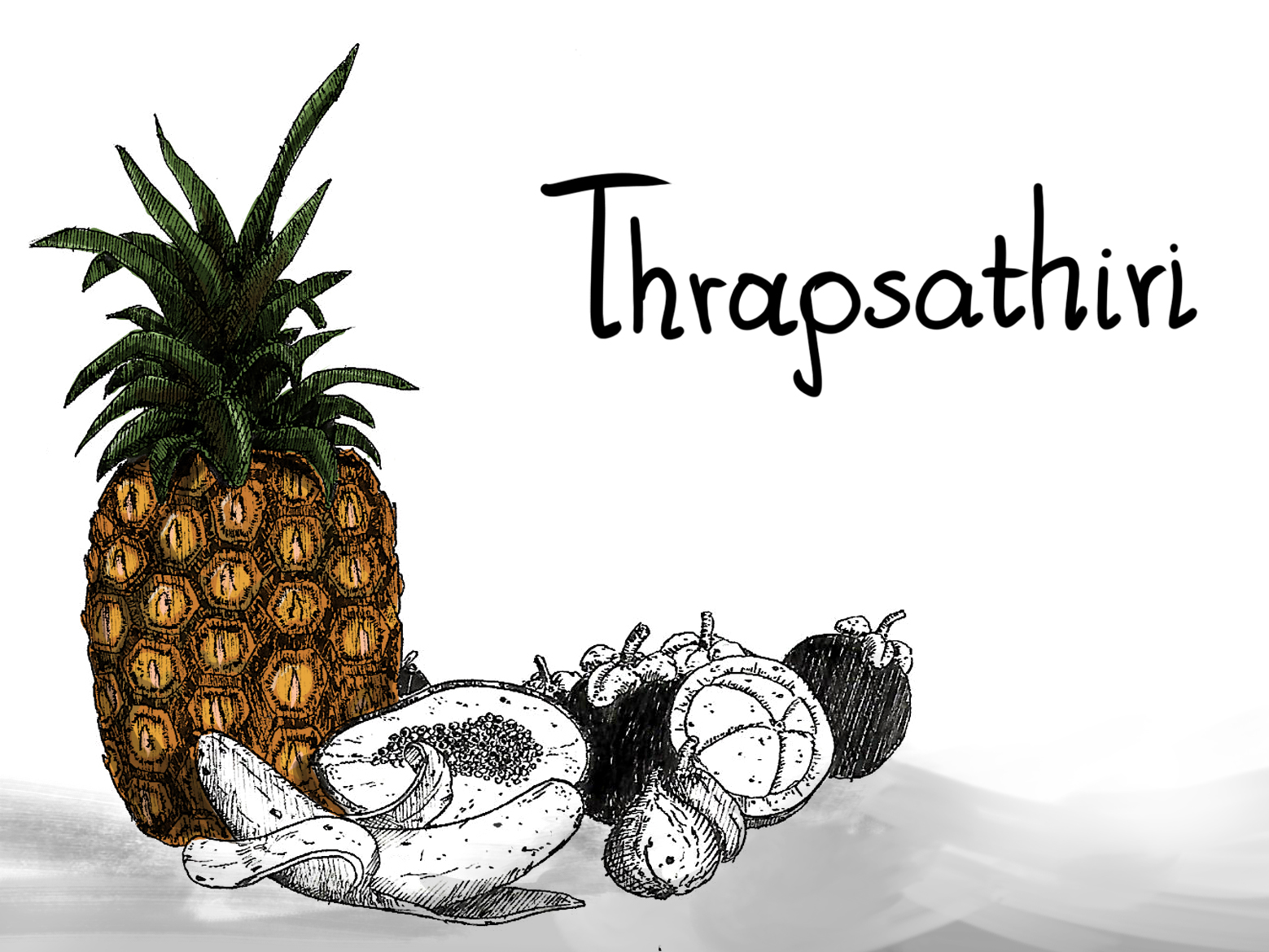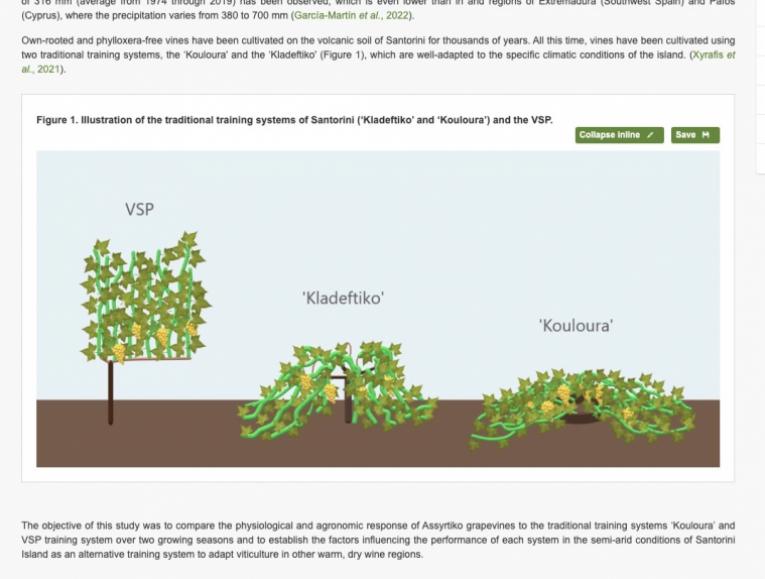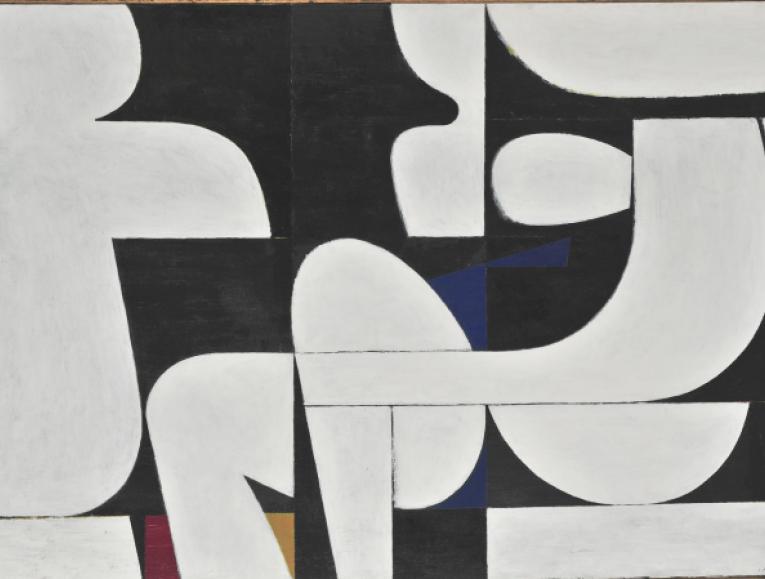
Thrapsathiri
By Yiannis Karakasis MW
At a glance
Thrapsathiri is the third of the rare varieties, following Dafní and Plytó, to which producers are showing increasing interest and can be found in varietal expressions—planted already in 100 ha and expanding.
With controlled yields of approximately 70hl/ha, it has a stunning aromatic profile that retains its freshness and fatty texture on the palate. A promising grape (blended traditionally with Vilana to boost its aromatic intensity) shows an excellent affinity to oak.
Compared to Dafni and Plytó, it produces fuller wines, fruitier, while retaining acidity, primarily when grown at a higher elevation. Aromatically not very intense, it delivers aromas mainly of tropical fruit.
History
It has long been thought close or identical to Athiri, according to Krimpas (1943) and Logothetis (1965). However, recent DNA profiling shows it is more closely related to Vidiano than to Athiri. It has shown a close relationship to Begleri (which may be considered a coloured mutation) and Dafnato, suggesting a common origin.
It was allegedly used to make Malvasia wine, though there is no concrete evidence of which varieties were used.
Ιn the vineyard
It is cultivated mainly on Crete (Heraklion, Sitia) and is found in the Cyclades and the Dodecanese. It is a very vigorous, productive and mid-ripening variety that ripens in late August and is either bush trained or wire-trained. It is resistant to drought and downy mildew but susceptible to powdery mildew and botrytis bunch rot.
Terroir
It prefers light calcareous soils to control its naturally high vigour. It is used as the supporting act of Vilana in Sitia PDO (30% of the blend). There, it seems to be at its best as it achieves the much-desired drainage in Sitia’s sandy soils.
Wine styles
Single varietal: with fresh acidity, full body that sees oak treatment
Blends: with other Cretan varieties such as Μuscat, Dafní, Vilana, Plytó and Assyrtiko
Ageing potential
As a rule, these wines show their best during the first 3–4 years following the harvest, gaining more layers on the palate and integrating all structural elements with time.



